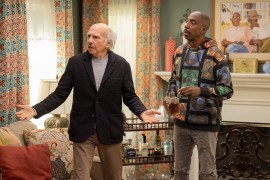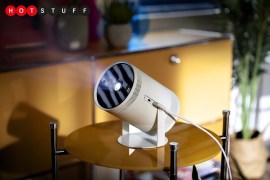Hands-on with LG’s webOS – the first smart TV platform worthy of the name
You think your TV is clever? You ain't seen nothing yet

Smart TVs are never really smart. They’re more like Premier League footballers: you get the odd moment of genius free-thought, but really they’re just doing as they’re told.
Well that’s all set to change with LG’s new webOS platform – the TV world’s David Silva to all those other Tom Cleverleys.
It’s a genuinely smart OS which promises to change not just the way you interact with your set but more importantly, the way you discover new content.
And now that we’ve had a hands-on play with it, we’re even more impressed.
Bean Bird: putting the cute into setting up a TV
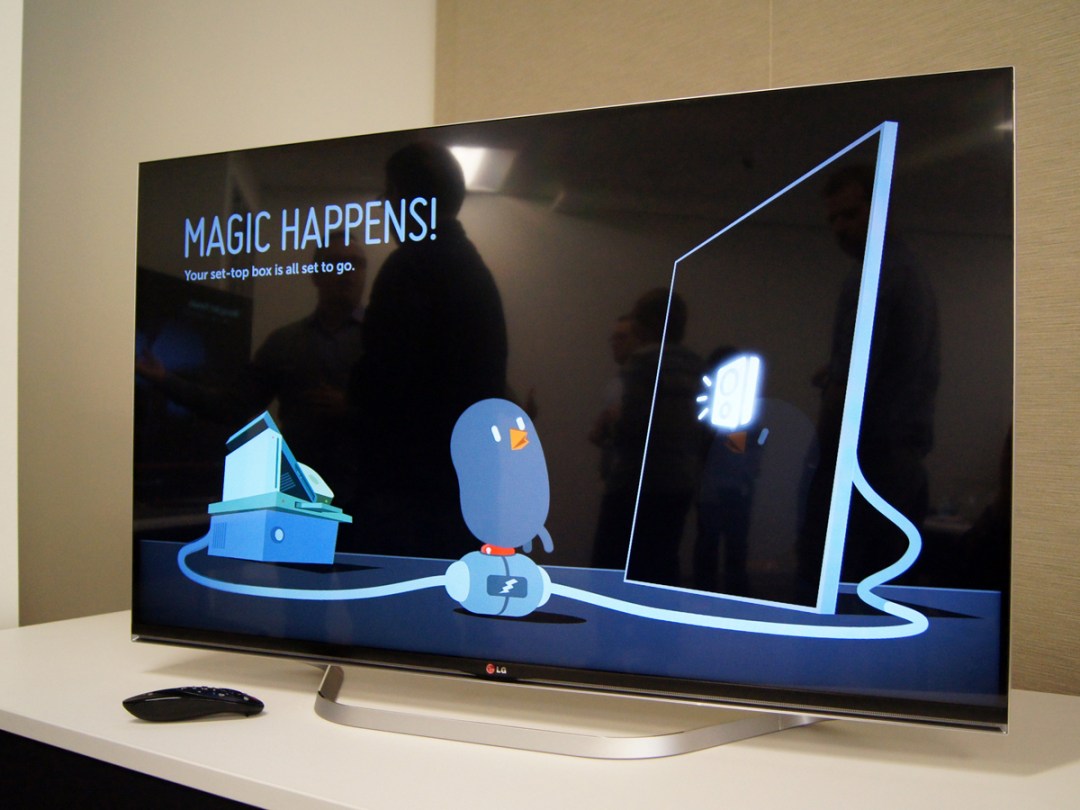

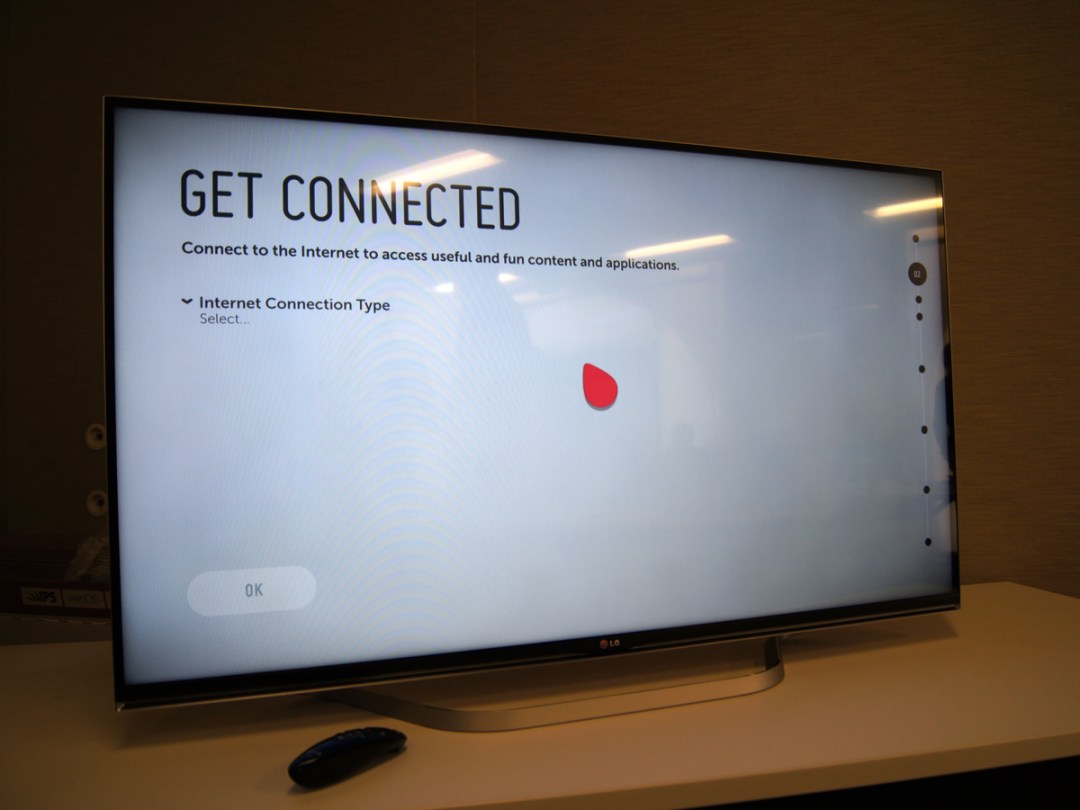
Unless you’re an absolute nerd, the TV setup process is never much fun. On webOS it’s a different story.
LG’s Bean Bird mascot teaches you how to use the motion-sensing Magic Remote and takes you through connecting your new TV to the internet, plugging in your extra sources and tuning in your TV channels in a way that’s more colourful cartoon than complicated menus.
The whimsy won’t be to everyone’s taste, but the simplicity will. The only shame is that once the setup process is complete you’re unlikely to see the pudgy little guy again.
HAVEN’T WE MET BEFORE?
Content comes first

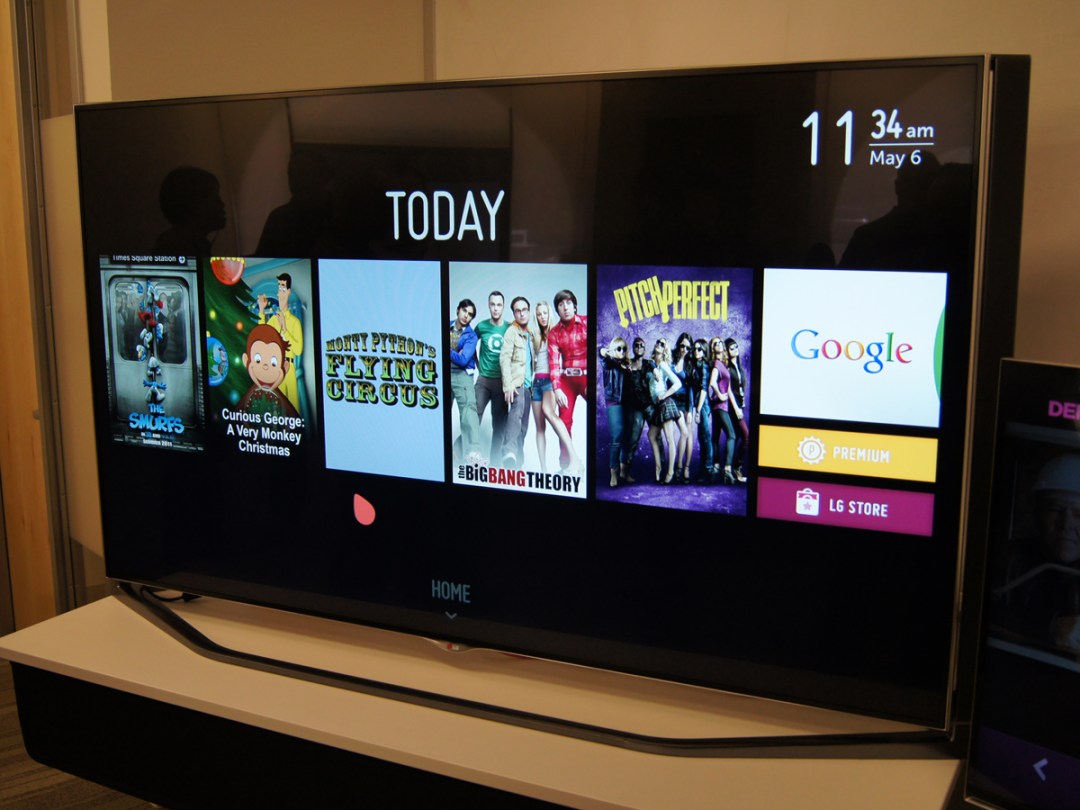

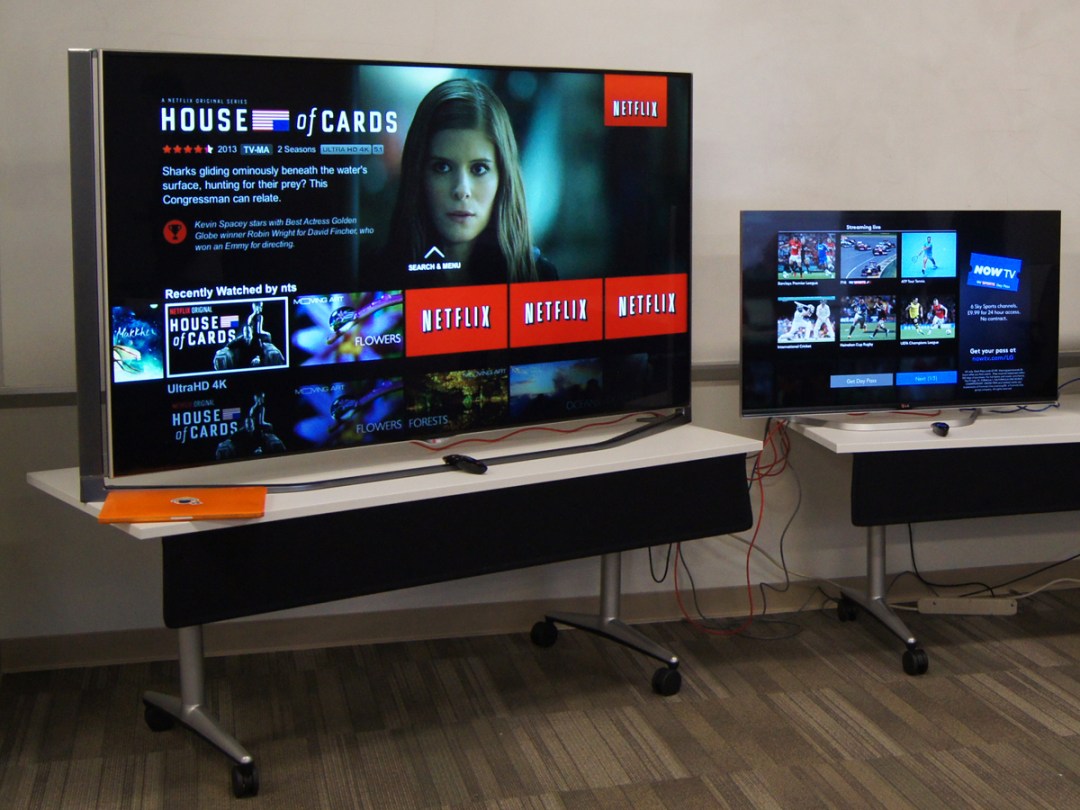
Calling up the interface is a matter of simply pressing the Home button, at which point a row of bold, colourful icons pops up from the bottom of the screen.
What’s crucial is that every feature is treated equally, whether it be live TV, an app, or an external source such as a games console or PVR. Icons are automatically moved to the left if you use them frequently, but the order can also be rearranged at will by picking icons up and dragging them to a new home using the Magic Remote. It’s every bit as easy as using a smartphone or tablet.
Talking of apps, all of the usual suspects are present, including Netflix, BBC iPlayer and Skype. There’s good news on the live TV front too. The new LG sets can pull in listings from the likes of Sky and even control your Sky+ HD box itself. Remember when Xbox One promised something similar, but failed to deliver? LG insists it will actually work right from launch.
More exciting still is the Today feature. Click it and a variety of content available that day is presented with poster-like artwork. So you might get a TV show being broadcast on Channel 4 later that day, a film available to stream from Netflix, or a boxset episode available on-demand from Sky. Select one and you’ll be taken directly to it, and if it’s available from multiple sources you can choose which one to watch. Nothing in the initial selection that takes your fancy? Click once to refresh the lot.
It all adds up to webOS being a true hub for everything you might possibly want to watch. All of that fragmentation you get when trawling multiple apps and multiple sources for something of interest is gone. Content comes first, and your route to it has been shortened immeasurably.
In fact, moving from app to app is practically instantaneous, and apps continue running in the background so that if you switch from an episode of Sons Of Anarchy in order to watch the footie, once the match is over you can instantly resume the biker gang soap opera exactly where you left off.
Hidden depth
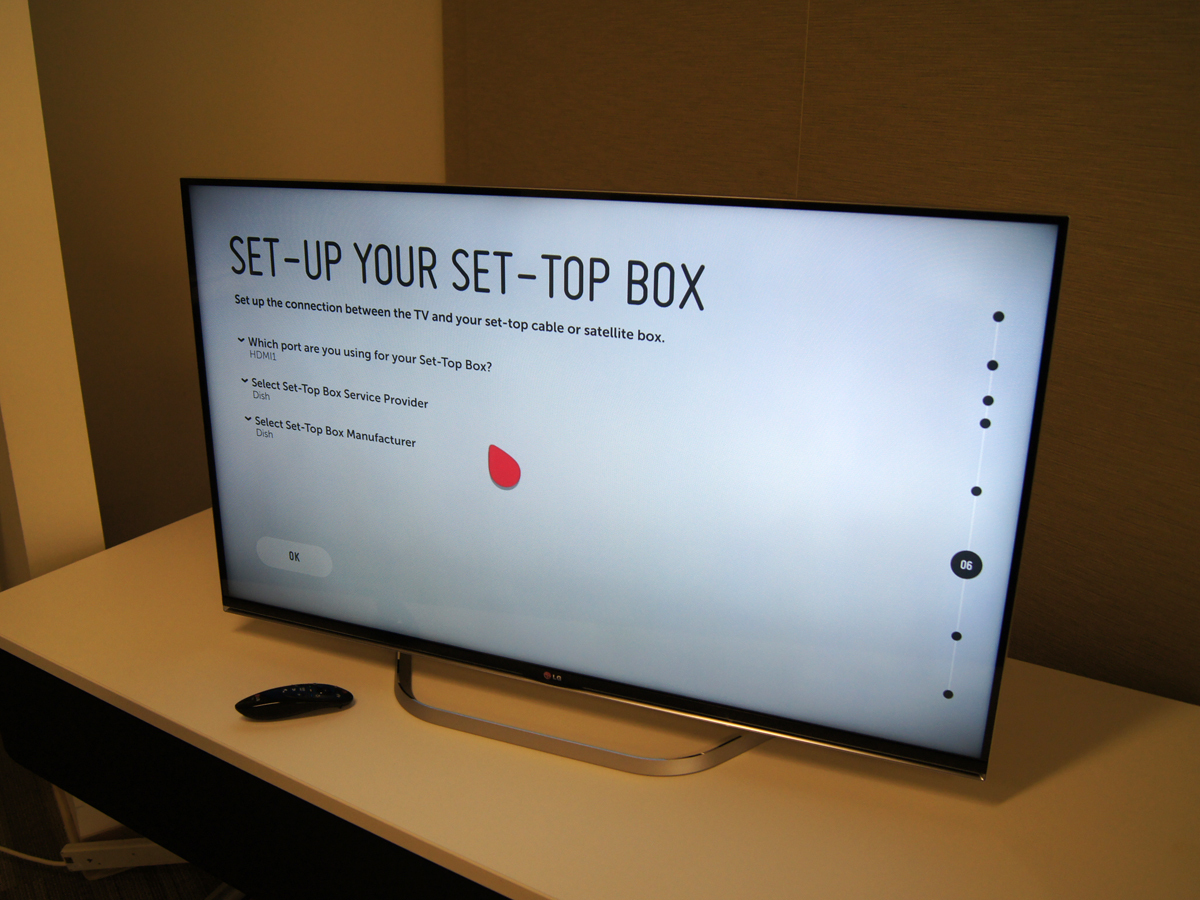
Clearly the key aims of webOS are to make smart TV more fun and far more simple, but that shouldn’t be taken as sign of shallowness. Power users who run all of their kit through a home cinema receiver will be pleased to hear that the TV can detect and control (with some exceptions) all of these, too.
The team admitted that this is a slightly more complicated process than the Bean Bird step-by-step, but the extra work will be well worth it for the AV nerds out there.
Connect SDK – second-screen goes open source

Casting content from phone or tablet to telly is very much in vogue right now (see Chromecast, Roku), but LG’s looking to take it one step further.
Rather than need a dedicated app for each source, LG’s created its own called Connect SDK.
It’s completely open and completely free to develop for, and it already works with a number of platforms, including Chromecast, Roku, Amazon Fire TV and LG’s smart TVs, both webOS and older.
Source-wise, the popular Plex is already up and running on it (just use the Cast button) as is a new app called Musixmatch, which lets you send your portable device’s music straight to your TV. It even includes lyrics for a bit of at-home karaoke.
The success or failure of Connect SDK will rest on how many sources join that list, but it can only be an advantage for them to do so. Here’s hoping we see Netflix, Amazon Prime Instant Video, BBC iPlayer and the rest on it soon.
READ MORE: Roku Streaming Stick review
LG webOS initial verdict
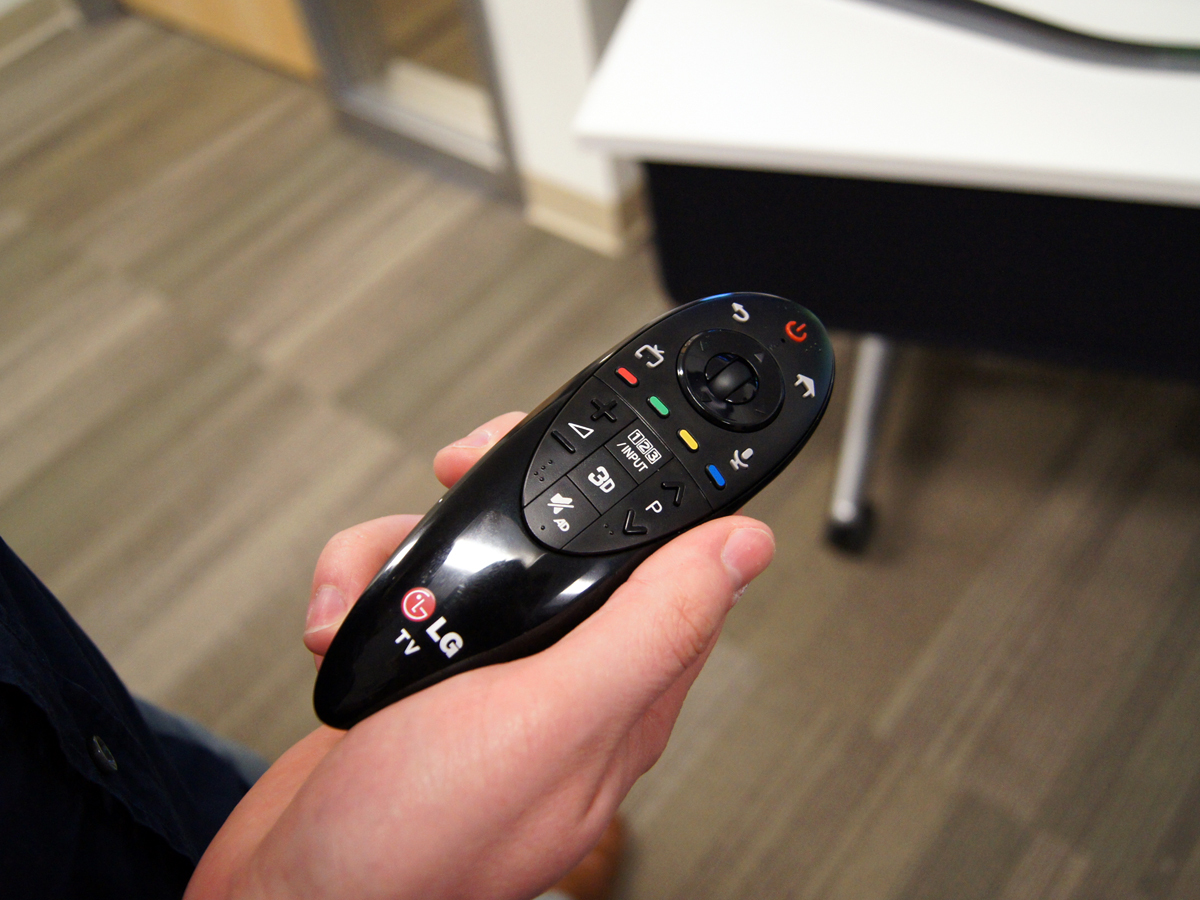
From what we’ve seen so far, webOS is the best smart TV platform yet. It’s pretty and lightning fast, effortlessly simple but deep and feature-laden. Essentially, whatever type of user you are and however you like to use your TV, it makes getting to what you want quicker and more fun than ever.
Here’s hoping the TVs themselves (check out the full list of LG’s webOS models on our sister site whathifi.com) are just as impressive – the fabulous platform deserves equally fabulous hardware.
Expect our reviews of the first of LG’s new TVs in the very near future.


